 Colonial Williamsburg Brickyard
Colonial Williamsburg Brickyard
 Colonial Williamsburg Brickyard
Colonial Williamsburg Brickyard

Brickyard kiln day #1
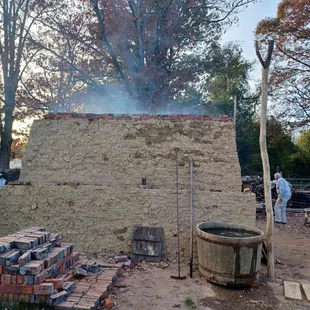
Brickyard kiln day #1
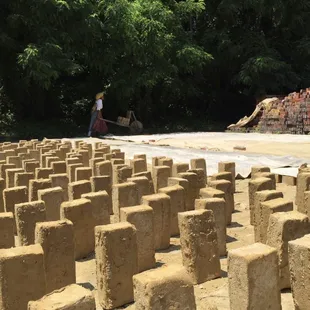
Bricks drying in the sun
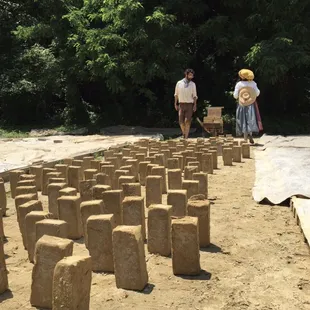
Bricks drying in the sun

Justin provides visitor a brick to hold.
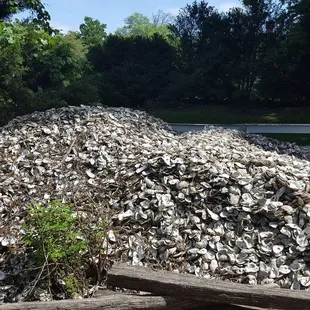
This huge pile of oyster shells get burned on an as needed basis to create lime which is used in mortar and plaster.
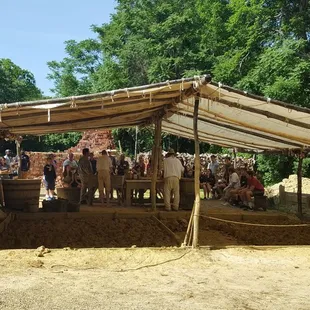
The pits where you can help out by stomping on the clay barefoot.
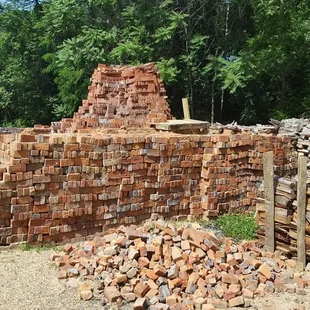
What was left from the 2016 annual brick firing in May of 2017.
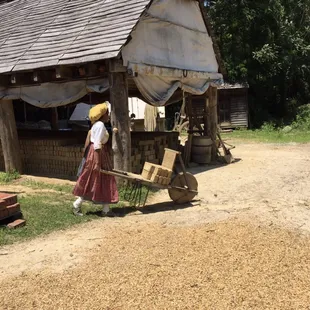
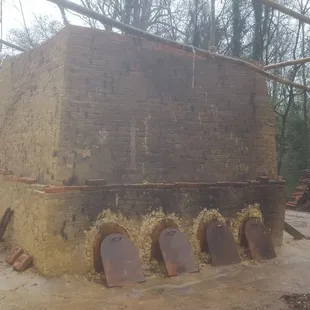

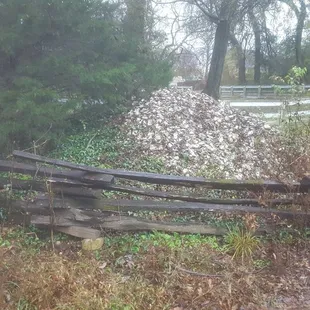



Christopher C.
Nov 16, 2023
Let's bring this one up to the current:Since my last drivel about the CW Brickyard a lot has changed. First and foremost is their location. Until two years ago they were preverbally down in the hole off of Nicholson Street over by the Cabinetmaker. Now, they are off of Botetourt Street next to the Carpenter (who has only been there a few years from when they got moved due to the closing of Great Hopes Plantation).Why the visit and what's the big deal? It's all about the kiln baby. Why is it worth seeing? Because you simply cannot see bricks fired this way in this country anywhere else except here at this time.Normally once a year, in certain years they have done it twice and at different times but this is normally the pattern, in mid-November they fire up the kiln that they spent approximately five weeks building to solidify the bricks which were made from late-spring to early-autumn. This year, depending on which person you talk to, they're firing around 18-19K. A few thousand will be used at The Magazine for part of a new outer wall they'll do next year (The Magazine is currently closed until '25 for archeology/renovation work), most will be used for the rebuilding of the First Baptist Church - www.colonialwilliamsburg.org/learn/research-and-education/archaeology/first-baptist-church/.Fwiw, if you got the dough, the bricks can flow. Part of the total are 800 for a private individual that is doing an outdoor hearth. Pricing is $5.25 per brick (faint).Also neat is that while all of the CW trades close for the day at 5pm, a random one or two at 4:30pm, during the kiln firing the brickyard stays open until 10pm. Yes, at 10 they very politely ask you to leave and yes, several staff members from different trades stay out all night long for the five days it takes the process to unfold.The staff that work here are arguably the best CW has to offer. Whether it's answering the same question for the millionth time or answering a very technical question from someone who knows something about bricks, they handle it professionally and some with a good sense of smart-ass humor.The rest of the year the brickyard open Wednesday-Sunday from 9am-5pm but if you can swing it, usually, the second week of November for a visit, it will be worth your time. (They also once every so often fire up the oyster shells they have on the property which are then used as mortar for in between the bricks once they're melted down. One of the guys said it was coming "soon" but I forgot to ask when "soon" is.)
Read More
J David H.
Jan 8, 2018
The Colonial Brickyard may just be the most overlooked area in Colonial Williamsburg. My family enjoys the departure from DOG Street. My children especially beg to participate in their interactive talks during the Summer months. You can find the brickyard on Nicholson Street. It's adjacent to the cabinet maker and not far from the Peyton Randolph House. When closed they have it roped off at the top so visitors do not make the long walk down the hill. In the Winter months they are dormant. A posted schedule is available and guest must be a ticketed CW visitor in order to tour. Today's bricks are mainly used in new construction. An example of a new build. The Peyton Randolph outbuilding. However, they are also important for repair of existing structures and walls. An example the chimney replacement at Peyton Randolph. A little known fact is that they are even for sale to the public. The Summer months is when they make the bricks and Fall is for firing them. It's a right of passage to visit in the Sumner and stomp the water into clay. Yeah it's messy, but fun! There is always an interpreter that provides a talk and loves answering questions. My last visit it was Justin who was a Summer intern. During the 18th century bricks were made by unskilled men, women and children. Wealthy property owner utilized slave labor. Even Thomas Jefferson who owned slaves utilized his labor force to build Monticello. The history of brick laying and Williamsburg is an important one. Brick layer Samuel Spurr was instrumental in the building of the Bruton Parish Church wall in 1752. As well as he was involved in the construction of the public hospital. Public roads also utilized brick. Today's Williamsburg continues the same tradition of the 18th century town.The next time you visit Colonial Williamsburg check and see if the brickyard is open. I have yet to witness the Fall firing and would love to soon.
Read More